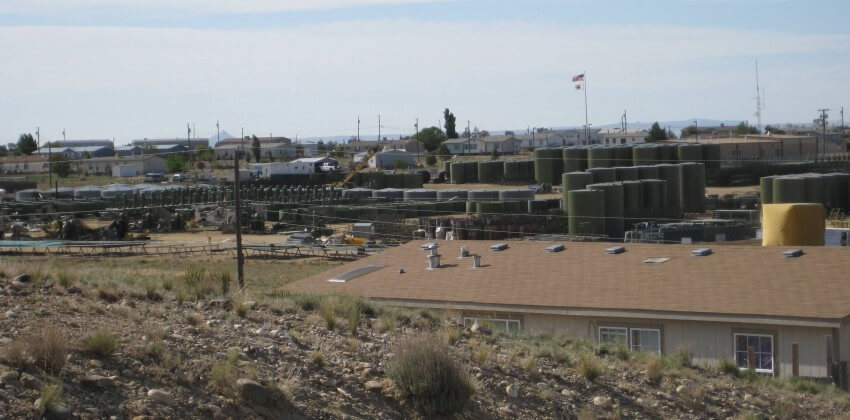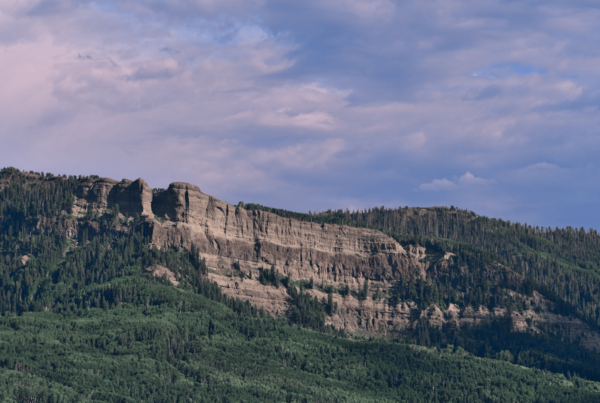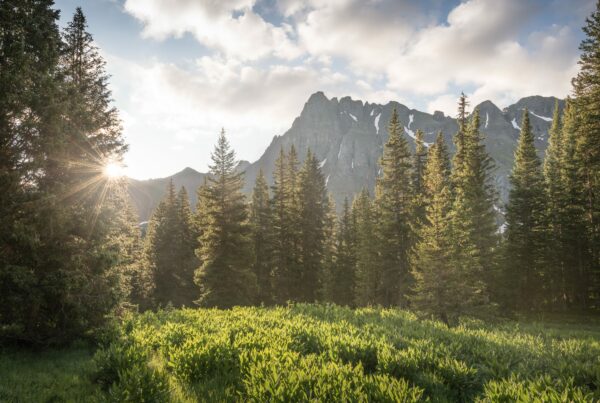Ever heard that little ditty: Sticks and stones may break my bones, but names will never hurt me.
Turns out to be a complete and utter lie. Heck, you don’t even need full names – acronyms will do – and the hurt can last for decades.
To wit, allow me to introduce you to the BLM TRFO RMP. Owww, quit it.
Let’s decode before we dissect, shall we?
BLM: Bureau of Land Management. The federal agency responsible for managing 245 million surface acres and 700 million acres of sub-surface mineral estates across the nation. Now that’s a lot of land (and sub-land).
The BLM has a history of being overly cozy with extractive industries, a history that recent BLM directors appear hip to leave at least partially in the past. As evidence, witness their embrace of a new National Conservation Lands program that puts the BLM in the driver’s seat for 221 wilderness or wilderness study areas in 10 western states, or their prompting of field offices to proactively engage affected communities in planning for oil and gas development. Radical stuff from an agency once dubbed the “Bureau of Livestock and Mines” by Ed Abbey.
Organizational culture, though, can be slow to change. Which brings us to our next acronym.
TRFO: Tres Rios Field Office. This is the local office for the BLM that covers 500,000 acres of surface land and 800,000 acres of federal minerals that stretch from north of Dove Creek to south of Chromo. The BLM TRFO just released a big ole’ planning document, queuing our final acronym.
RMP: Resource Management Plan. This is a document that sets the ground rules for how those hundreds of thousands of acres of public lands (as well as the federal minerals under private lands, and hence their corresponding surface occupancy by oil and gas pads) will be managed. The last RMP was completed in 1985, meaning this new document will likely be the law of the land for decades to come.
Eight years in the making, the plan fills thousands of pages. I could not possibly do justice to what it gets right and, perhaps more importantly, what it gets wrong, in a column. Visit the San Juan Citizens Alliance blog if specifics are your thing. Instead, what I’d like to impress on readers is this.
The BLM TRFO RMP is a lowest common denominator planning document that fails to protect the resources our community values. If the protection of Hermosa Creek was an example of community collaboration, this RMP is an example of bureaucracy disconnected from both its local community and the vision laid out by its own leadership.
The RMP – a plan that trades air quality, watershed health and the viability of endangered species for easy access to oil and gas – utterly fails to bolster the claim that the BLM is shedding its old skin. How disappointing.
Our recourse as a community? Let’s just say there is a reason the Founding Fathers created an independent judiciary.
This content first published in The Durango Herald’s Thinking Green Column here.





If they at least made money for we the people that own the land they might have something to trade for the ravaging oil,gas and coal does. Unfortunately, the BLM has a tendency to give away these tracts for lowball bids or no bidding at all and we the people the taxpayers get to subsidize the oil, gas and coal mining interests. It’s a lose lose lose situation